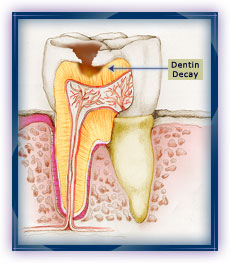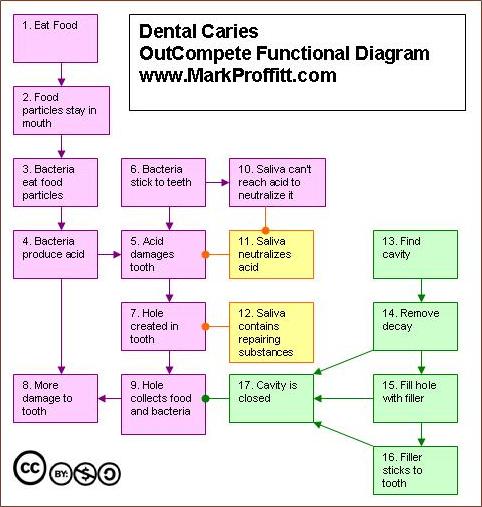Creativity and Innovation Can Be Learned
I make a distinction between creativity and innovation. I define innovation as “Profitably satisfying unmet desires.” Profitable doesn’t just mean money, it means better satisfying the desires of everyone involved. A new device or way of doing something won’t be accepted unless it makes things better for everyone who is needed to make it happen.
Creativity is newness without the need to satisfy a desire other than the maker. There is lots of creative stuff that is just horrible and no one likes it. This is why there is an expression “Starving artist”. There is a distinction between creating for no real purpose and creating to improve something. Another part of innovation is until you put the idea into use innovation has not occurred. You must actually do something to achieve innovation, not just have an idea.
The similarity between Creativity and Innovation is information. Both innovation and creativity start with an idea, information. The foundation of information is comparison. Two things are similar or different. Computers store and process information using a very simple comparison, same or different. All information can be encoded using that binary process.
The human mind doesn’t do this in a linear process, it makes hundreds or perhaps millions of comparisons at the same time. So what seems to be an idea “coming into your mind” is noticing a similarity or difference. You recognize some connection then put those things together and that is what we call creativity.
As is often the case, when you ask someone who is very talented how they do something, they can’t describe it. Often it takes someone else watching and recording each little step then asking “Why did you do that?” to figure out the process the talented person instinctively follows.
As an example how do you walk? You learned how to walk before you learned how to talk so you probably never thought about how to describe the process. How do you control the dozens of muscles to respond to your body shifting and falling forward then catching yourself and pushing off again? That natural “instinctive” behavior is something you learned how to do. And interestingly you can intentionally learn how to do it better.
The exact same thing applies to thinking and “creativity”. Everyone has some basic skill they acquired at an early age. You can develop and improve that skill through focused learning.
Predictive Innovation® teaches you the skills to be think so you are more creative and innovative.
First Step for Dental Innovation “No Cavity”
I had a cavity and the American dentist gave me only one option and I didn’t like it. I wanted better options. So I started innovating to satisfy my desire. Before you think that I started inventing something let me clarify innovation. Innovation is satisfying a demand. If you can find something that already exists and use it to satisfy the demand you innovated. So I began searching. The innovation I wanted was No cavity.
Since I wasn’t an expert on dentistry I did a little research to understand at a high level how dental caries (cavities) function.
Acid from bacteria eat left over food and cause decay in teeth. Your mouth has a natural defense for the acid. Your saliva is alkaline, it neutralizes acid. Unfortunately bacteria can stick to teeth blocking saliva from neutralizing the acid.
Saliva has another positive feature. If the infection that causes decay is caught early enough teeth re-mineralize all on their own using material in your saliva.
If too much damage is done there is a hole that could collect food and bacteria. Once that hole gets through the hard enamel, a cavity can quickly grow in the softer dentin. It’s still possible for a tooth to heal at this point but often some type of repair is needed. But most important is stopping the infection and decay.
Many cavities form in areas of teeth that catch food and are hard to clean. The tendency for bacteria to stick to teeth makes this even worse.
Functional Diagram
Taking all the information I gathered I created a Functional Diagram. The red boxes describe how cavities work. The green boxes describe the process of filling a cavity. And the yellow boxes show the natural process of saliva re-minerizing teeth.
The Functional Diagram give you a high level starting point to start looking for innovation alternatives.
Why I drove 3 hours in a snowstorm to another country to see a dentist and LOVED IT!
My trip to Canada to access one dental innovation uncovered a complete system filled with innovation. This is the first part of a story of innovation with fabulous success. This series of articles will:
- Demonstrate innovation with the OutCompete Predictive Innovation Method
- Give examples of several innovative technologies.
- Give an example of innovative service.
- Predict some future innovations.
- Diagnose reasons an organization fails to innovate.
- Show you how to improve your organization’s innovativeness.
Damaging radiation, toxic metals, caustic poisons, and amputations with power tools.
Does that sound like health care?





 Predictive Innovation Training
Predictive Innovation Training Predictive Innovation: Core Skills Book
Predictive Innovation: Core Skills Book RoundSquareTriangle.com
RoundSquareTriangle.com